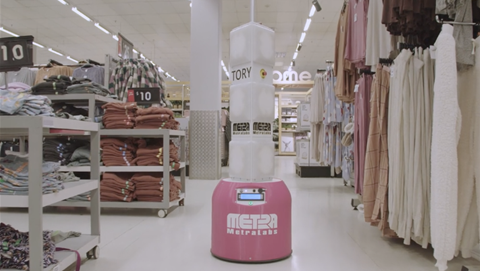Although he described his tenure at Defence so far as a “honeymoon period”, Lawrence was prepared for a “baptism of fire” in his first Senate Estimates meeting scheduled for 13 February.

“We are tracking okay,” Lawrence said of Defence’s target of saving $1.9 billion by 2019. “[But] it does point the finger at us to be able to deliver all those things we committed to. It’s going to be tough.
“The challenge for us is – as with any strategy – what’s the next evolution of that? We have some clear goals that Greg Farr put in place and we’ll deliver on those.
“We have the network and communications sewn up. We have the desktop sewn up. There’s centralised processing and the data centre migration … the first stage of HR platform migration has gone smoothly.
“But it does not stop there. What are the next areas we have to look at? How do we standardise some of the applications we are running? How do we revise the ERP platform? Those are the opportunities we are starting to look at.”
Lawrence was also concerned about driving more value from Defence’s Applications Managed Services Partnership (AMSPA) – a panel of five vendors that were selected in October 2011 to play a strategic role in project development and management decisions.
He suggested that Defence may rely on industry partners particularly because of a limited pool of ICT skills in Australia.
“You have all the companies doing large system change programs. There’s a huge drain on the [ICT skills] market in general,” he said, highlighting change programs at the Commonwealth Bank and Telstra in particular.
“One of the challenges we face from a domestic perspective is getting access to some of those bleeding edge skills. That’s where you do have to look to your industry partners to provide that. They have scale; they have global delivery capability; they have access to experience in different areas.”
Lawrence met with AMSPA suppliers Accenture and IBM during his first two months in the role; meetings with remaining suppliers BAE Systems, CSC and HP were also scheduled to take place shortly.
More work was needed to get AMPSA relationships working at “a really high level”,” he said.
“We may have to be a little more pushy about what we want to get out of those relationships,” he said.
“We need to discuss with our industry partners about how they bring innovative solutions to us.
“The challenge is how do we get to a position where we can work in a collaborative partnership with our main suppliers."




_(20).jpg&h=140&w=231&c=1&s=0)
.png&h=140&w=231&c=1&s=0)



_(26).jpg&w=100&c=1&s=0)

 iTnews Executive Retreat - Security Leaders Edition
iTnews Executive Retreat - Security Leaders Edition












_(1).jpg&h=140&w=231&c=1&s=0)



